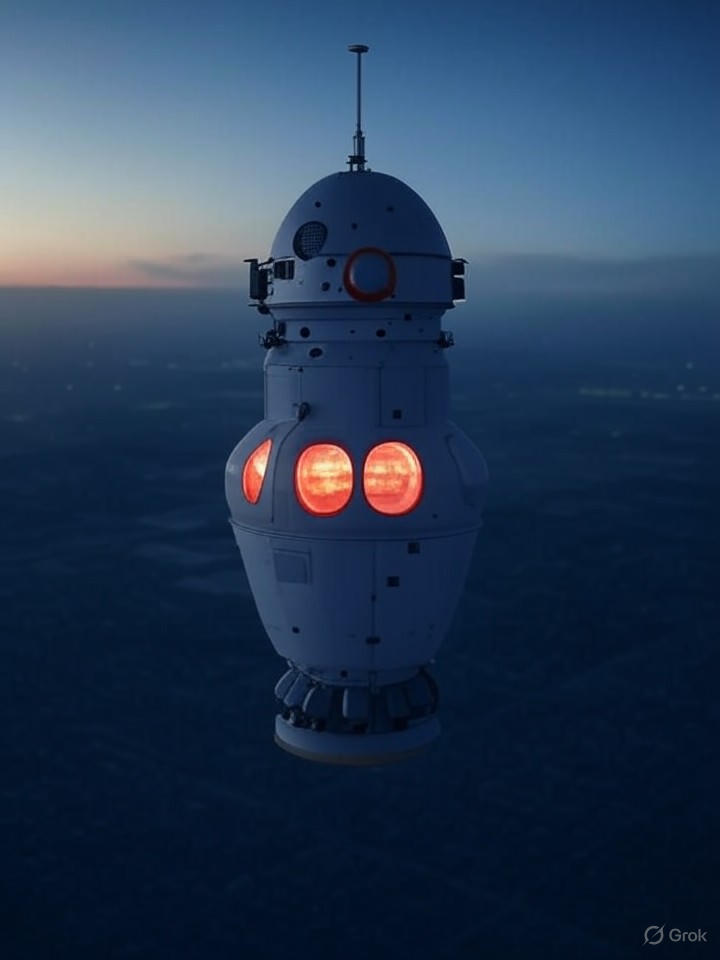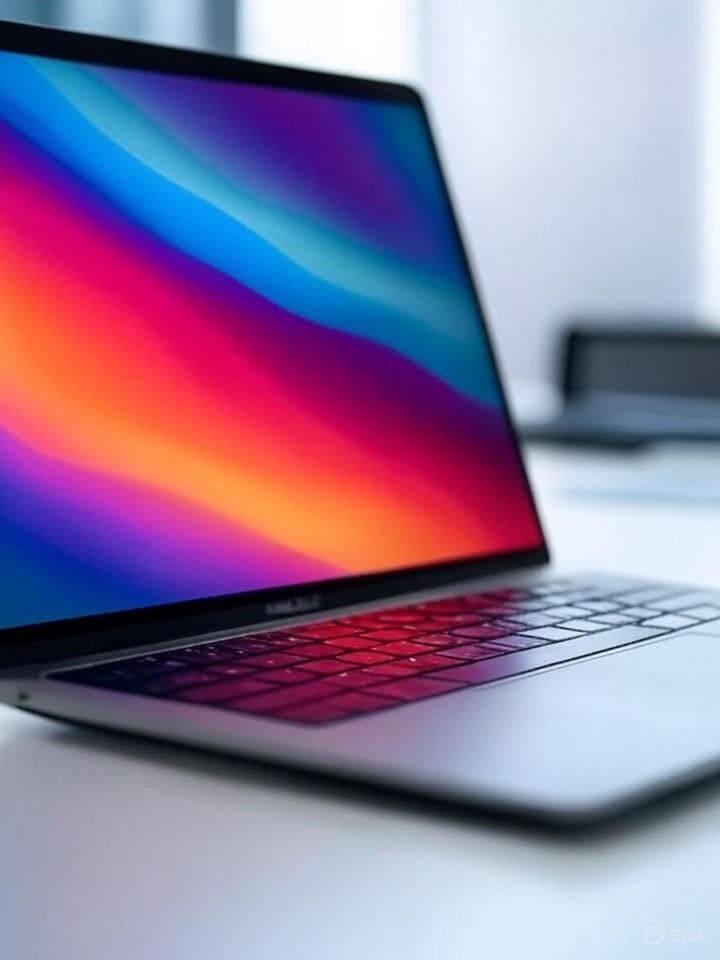Three Chinese astronauts returned to Earth on November 14, 2025, after their mission was unexpectedly extended due to damage from suspected space debris. The incident, which delayed their return by over a week, underscores the increasing risks associated with space exploration amid escalating orbital activity. Astronauts Chen Dong, Chen Zhongrui, and Wang Jie completed a six-month rotation aboard the Tiangong space station, initially scheduled to conclude on November 5.
The delay was prompted when inspections of their spacecraft, the Shenzhou-20, revealed cracks in the capsule’s window. These cracks were likely caused by a high-velocity impact with space debris, as confirmed by the China’s Manned Space Agency. To ensure their safe return, the astronauts utilized the newly arrived Shenzhou-21 spacecraft, which had just delivered their replacement crew.
Details of the Incident
The situation unfolded gradually, with the agency issuing a statement confirming the damage on November 14. The agency noted that the cracks compromised the Shenzhou-20 capsule’s re-entry capabilities, stating, “The original return plan was scrapped because a window in the Shenzhou-20 capsule had tiny cracks, most likely caused by impact from space debris.” This incident marks a notable operational disruption in recent manned spaceflight history.
Originally, the astronauts were set to return four days after the arrival of the Shenzhou-21 crew. Instead, they remained in orbit for an additional nine days, conducting handover procedures and ensuring the station’s systems were stable. This incident highlights the robustness of China’s contingency plans in its space program.
The Growing Threat of Space Debris
Space debris, which includes defunct satellites, spent rocket stages, and fragments from collisions, orbits Earth at speeds reaching 17,500 miles per hour. Even small pieces can inflict catastrophic damage upon impact. The incident is a stark reminder that the problem is not limited to China. Global space agencies have long warned about the Kessler Syndrome, a scenario in which debris density leads to cascading collisions. NASA’s Orbital Debris Program estimates that there are over 36,000 pieces of debris larger than 10 centimeters currently in orbit, with millions of smaller fragments posing similar threats.
Chinese officials acted quickly to mitigate the risks following the incident. The astronauts transferred to the Shenzhou-21 capsule, leaving the damaged Shenzhou-20 in orbit for potential analysis or deorbiting. This maneuver was facilitated by the design of Tiangong, which accommodates multiple docked spacecraft. The replacement crew arrived seamlessly on October 31, allowing for continuity in operations. Experts have praised the preparedness of the Chinese space program, noting that the station’s life support systems provided ample margin for the extended stay, with no reported health issues among the crew.
Upon re-entry, the Shenzhou-21 capsule safely touched down in Inner Mongolia on November 14, with the astronauts reported to be in good condition. Following standard medical evaluations, Chen Dong expressed gratitude, stating, “We remained focused on our tasks and trusted the ground team’s assessments.” The delay allowed for additional scientific experiments, including microgravity research and Earth observations, enhancing the mission’s overall value.
The incident has reignited calls for international cooperation in debris mitigation. The European Space Agency and NASA have been tracking similar risks, with the International Space Station performing over 30 debris avoidance maneuvers since 1999. This event emphasizes the threat posed by increasing amounts of space debris. While China has faced criticism for contributing to debris, such as during a 2007 anti-satellite test, recent policies have prioritized sustainable practices, including deorbiting spent stages.
Industry reactions have depicted this incident as a wake-up call. Analysts from firms such as SpaceX and Blue Origin advocate for active debris removal technologies, such as nets or lasers, to clear increasingly crowded orbits. Despite the challenges, China’s space program remains focused on expansion, with ambitious plans for a lunar base by 2030. The Chinese space agency has announced enhanced monitoring and shielding for future capsules to improve safety.
Emerging solutions, including AI-driven tracking systems and self-healing materials, are being developed to address these challenges. Companies like Astroscale are testing debris-capture missions, while international agreements aim to limit new debris generation. For China, integrating these innovations could strengthen its position in a competitive space race.
The astronauts’ safe return not only averted a potential crisis but also provided valuable data on the impacts of debris, which will inform future mission designs. As space becomes more congested, incidents such as this may occur more frequently unless significant action is taken.
The economic implications of such delays are substantial, with mission extensions costing millions in resources. Strategically, this incident boosts China’s narrative of resilience, positioning it as a key player in manned spaceflight alongside NASA and Roscosmos. Looking forward, this event may influence upcoming Artemis missions and private ventures, prompting increased investment in orbital cleanup and potentially creating a new sector worth billions by 2030.
Ultimately, the experience aboard the Shenzhou-20 illustrates the fragility of human presence in space. With over 10,000 satellites launched in the past decade, managing debris has become a critical priority. China’s experience may serve as a case study for global protocols, emphasizing redundancy and rapid response in the face of such challenges. As these astronauts reintegrate into life on Earth, their story stands as a testament to human ingenuity and resilience in the cosmos.







